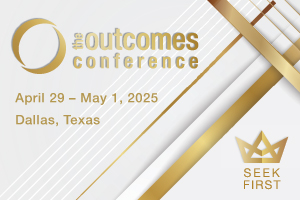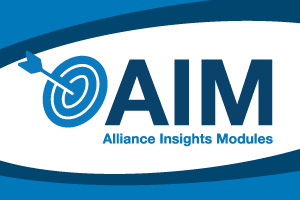
The (New) Best Practices for Fixed-Rate Investments By Jeremy Moore

Optimize the Return on Your Investments
Like all nonprofit organizations, faith-based institutions strive to maximize their investment returns with little or no risk. When we discuss portfolio composition with our clients, fixed-rate investments, such as money market funds, certificates of deposit (CDs), or even bonds, are often the favored ways to make their cash reserves and donations work harder.
Savvy investors know that laddering fixed-rate maturities is a best practice for optimizing returns, preserving liquidity, and mitigating interest rate risk. However, in the current economic environment, the fundamentals of a sound laddering strategy have shifted.
Given the uncertainty about the interest rate outlook, faith-based organizations need to stay on top of their fixed-rate strategies by keeping the following steps in mind:
- Lean on your financial partners to help you keep track of the prevailing interest-rate sentiment.
- Map your organization’s spending priorities against fixed-rate maturities.
- Be wary of the risks surrounding market turns.
- Perform due diligence on the safety of your investments, such as those offered by nonbank financial institutions.
Adapting to New Realities
Fixed-income laddering involves purchasing several instruments with staggered maturities (one, three, and five years, for example). It’s based on the premise that the longer your money is invested, the higher the return. Typically, you would invest more in the longer-term investments, which generally offer a higher rate of return. This allows you to take advantage of the higher rates while preserving some short-term liquidity. It also reduces your exposure to interest rate risk because you can reinvest maturing bonds or CDs at higher rates.
But things have changed. While the Federal Reserve expects to start cutting interest rates this year, it hasn’t provided a timetable for when those cuts will begin (BMO’s economists currently expect the Fed to start cutting rates in the third quarter of 2024). Nonetheless, all indications point to rate cuts starting later and continuing slower than previously forecast.
Considering Strategy Shifts
Also, while the economy appears to have escaped a recession, the yield curve remains inverted—that is, long-term interest rates are lower than short-term rates. Historically, this has been a reliable indicator of a coming recession, and it’s one reason why the Fed hasn’t been in a hurry to start cutting rates.
For the organizations we serve, the current conditions may require you to consider adjusting your laddering strategy. That could mean keeping a higher-than-normal percentage in short-duration instruments to take advantage of the higher yields on money market funds and short-term CDs.
Your strategy also involves asking yourself:
- What are the known timeframes for your spending priorities?
- Is a significant outreach opportunity or an upcoming capital improvement project on the horizon?
Taking a Proactive Approach
Fixed-rate investments offer a low-risk method for generating returns. Though they don’t require day-to-day management, they’re not a set-it-and-forget-it strategy, particularly when the rating outlook is unclear.
Of course, that doesn’t mean you should completely change your fixed-rate strategy. Too many variables make it impossible to predict how the economy will perform within a specific timeframe.
That’s why conducting appropriate due diligence on your financial partners and engaging them in regular discussions can help ensure your organization’s investment and cash preservation objectives are aligned with your short- and long-term mission. Ultimately, maximizing sound management of your liquidity and investments offers many benefits and can help increase your organization’s impact by providing significant additional resources for the mission.
####
Jeremy Moore is Managing Director and head of the Religious Institution Banking Group, BMO. He has spent the past two decades serving the investment and financing needs of large communities of faith.
Disclosures:
The opinions, estimates and projections, if any, contained in this document are those of BMO as of the date hereof, and are subject to change without notice. BMO endeavors to ensure that the contents herein have been compiled or derived from sources that it believes to be reliable and contain information and opinions that are accurate and complete. However, BMO makes no representation or warranty, express or implied, in respect thereof, takes no responsibility for any errors and omissions which may be contained herein and accepts no liability whatsoever for any loss (whether direct or consequential) arising from any use of or reliance on this report or its contents. Information may be available to BMO and its affiliates which is not reflected herein. This report is for informational purposes only.
Investments are NOT FDIC INSURED – NOT BANK GUARANTEED – NOT A DEPOSIT – MAY LOSE VALUE.
Banking products are subject to approval and are provided in the United States by BMO Bank N.A. Member FDIC
Join us for the Outcomes Conference 2024 and learn more about BMO,
The Sponsor of the Executive Leadership Track
Hyatt Regency Jacksonville Riverfront
Jacksonville, FL
Register Today





